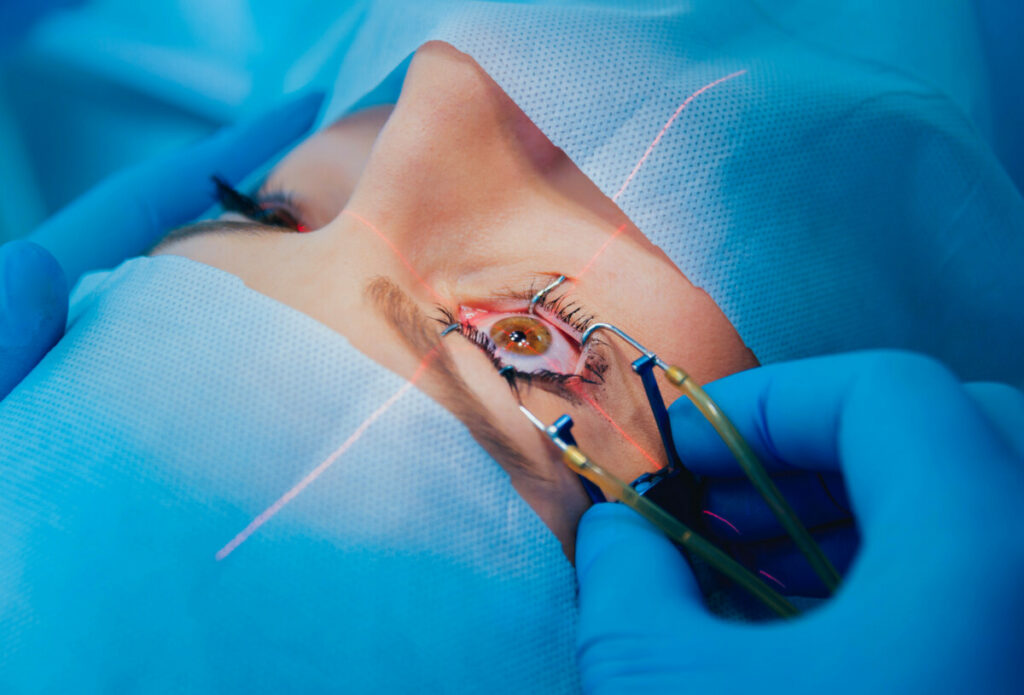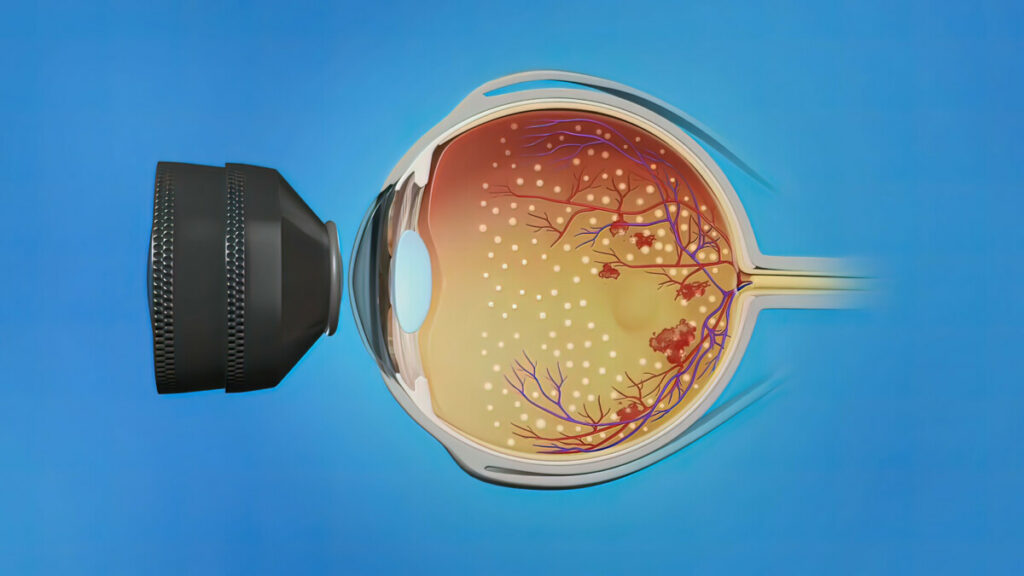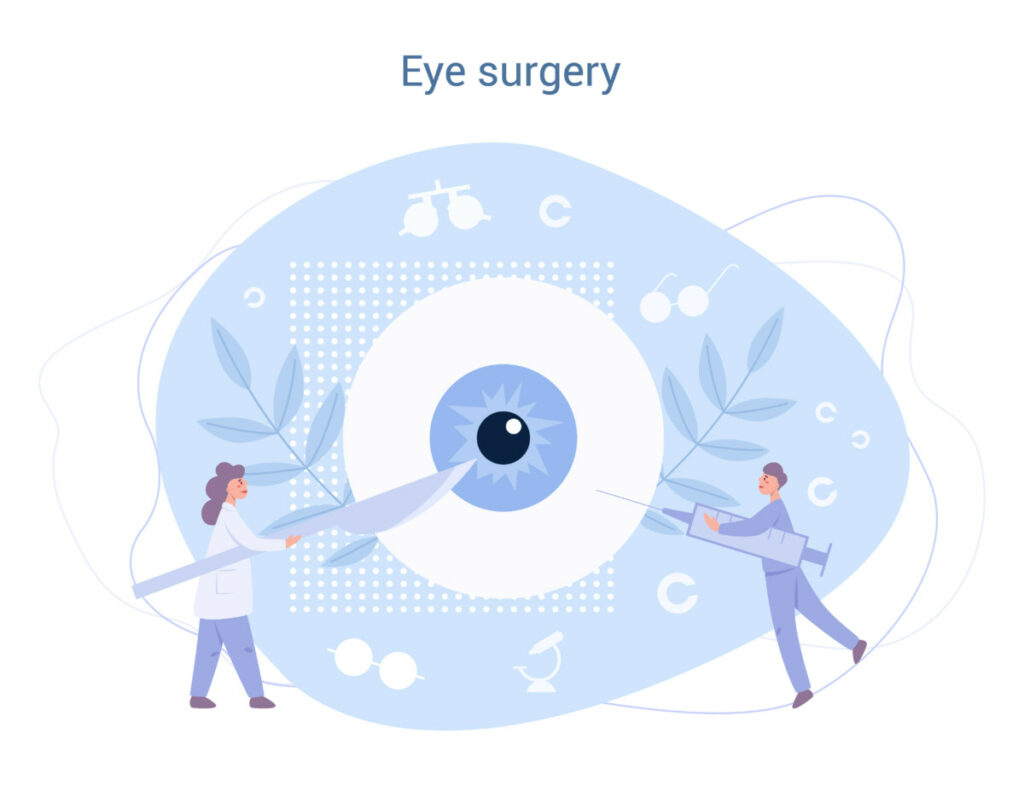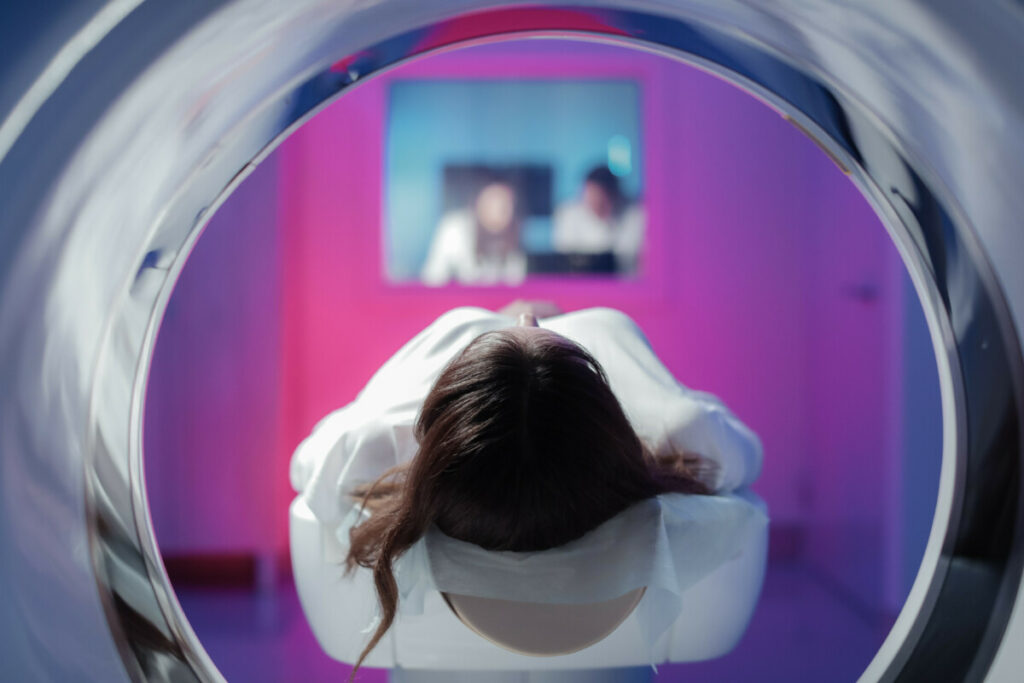This post may contain affiliate links, which means if you enroll through my link, I’ll receive a small commission at no extra cost to you.

Cataracts are a common eye condition that can cause blurry or cloudy vision, making everyday tasks difficult. Cataract surgery is a common and effective procedure that can improve vision and quality of life for those suffering from this condition. However, the cost of cataract surgery without insurance can be a concern for many individuals.
The cost of cataract surgery without insurance can range between $3,000 and $5,000 per eye. The cost can vary depending on a variety of factors. While the cost of cataract surgery without insurance can be expensive, there are financing options to help make it more affordable.
If you or a loved one is considering cataract surgery but are concerned about the cost, it’s important to understand the options available to you. In this article, we’ll take a closer look at the cost of cataract surgery without insurance, factors that can impact the cost, and financing options available. By the end of this article, you will have a better understanding of the costs associated with cataract surgery, as well as options to make it more affordable.
Understanding Cataract Surgery
Cataract surgery is a common and relatively safe procedure that aims to improve vision in individuals with cataracts. However, the cost of cataract surgery can be a concern for those who do not have insurance coverage. On average, cataract surgery without insurance can cost between $3,000 and $5,000 per eye, depending on various factors such as the surgeon’s fee, facility fee, anesthesia costs, and type of intraocular lens (IOL).
During cataract surgery, the cloudy lens is removed and replaced with a clear artificial lens called an IOL. The surgery is usually performed on an outpatient basis, meaning the patient can go home the same day. Before the procedure, the eye is numbed with local anesthesia, and the patient may also receive sedation to help them relax.
There are two main techniques used in cataract surgery: phacoemulsification and extracapsular cataract extraction (ECCE). Phacoemulsification is the most commonly used technique and involves using a small probe that emits ultrasound waves to break up the cataract into small pieces, which are then suctioned out of the eye. ECCE, on the other hand, involves making a larger incision in the eye to remove the cataract in one piece.
After the cloudy lens has been removed, the surgeon inserts the IOL into the eye. The IOL is typically made of plastic or silicone and is designed to mimic the function of the natural lens. There are several types of IOLs available, including monofocal lenses, which provide clear vision at one distance (usually distance vision), and multifocal or accommodating lenses, which provide clear vision at multiple distances (usually near, intermediate, and distance vision).
Following cataract surgery, patients will need to take certain precautions to ensure a smooth recovery. This may include using eye drops to prevent infection and reduce inflammation, avoiding strenuous activities, and protecting the eye from bright light and dust. Patients may also need to attend follow-up appointments with their surgeon to monitor their progress and address any concerns.
While cataract surgery is generally considered safe and effective, as with any surgery, there are risks involved. These may include infection, bleeding, swelling, and changes in vision. Patients should discuss the potential risks and benefits of cataract surgery with their surgeon before making a decision on their surgical options, including considering payment options and financing programs.

Cost Factors for Cataract Surgery Without Insurance
Cataract surgery without insurance can be a significant expense, with costs ranging between $3,000 and $5,000 per eye on average. The exact cost of the procedure can vary based on several factors, including the surgeon’s fees, facility fees, anesthesia costs, and type of intraocular lens (IOL) used.
The surgeon’s fee typically includes the cost of performing the surgery and postoperative care, such as follow-up visits. The surgeon’s experience and expertise can also impact the cost of the procedure, with more experienced surgeons typically charging higher fees. The facility fee covers the cost of using the surgical facility, including the operating room, equipment, and nursing staff.
Anesthesia costs can vary depending on the type of anesthesia used, with local anesthesia generally being less expensive than general anesthesia. The type of IOL used can also impact the cost of cataract surgery. Basic monofocal lenses are typically the least expensive, while premium multifocal or accommodating lenses can cost significantly more.
Other factors that can impact the cost of cataract surgery without insurance include preoperative testing, medications, and any additional procedures that may be necessary. For example, if the patient has other eye conditions that need to be addressed at the same time as cataract surgery, the cost may be higher.
While the cost of cataract surgery without insurance can be a concern, it’s important to remember that the procedure can significantly improve vision and quality of life for those suffering from cataracts. There are also financing options available, such as payment plans and medical credit cards, that can help make the procedure more affordable. It’s important to discuss payment options with your surgeon to determine the best course of action for your specific situation.
The Surgeon’s Fee for Cataract Surgery
The surgeon’s fee is one of the main factors that contribute to the cost of cataract surgery without insurance. This fee covers the cost of performing the surgery and postoperative care, such as follow-up visits. The amount charged by the surgeon can vary depending on their experience, expertise, and geographic location.
More experienced and reputable surgeons typically charge higher fees for their services. This is because they have invested significant time and resources into their education and training, and have developed a high level of skill and expertise. Surgeons who are based in urban areas or in high-demand locations may also charge more due to the higher cost of living and overhead expenses.
On average, the surgeon’s fee for cataract surgery without insurance can range from $1,500 to $4,000 per eye. However, it’s important to note that this fee can vary significantly depending on the individual surgeon and their location. Some surgeons may offer package deals that include all fees associated with the surgery, while others may charge separately for each aspect of the procedure.
It’s important to discuss the surgeon’s fee with your chosen provider and ensure that you have a clear understanding of what is included in the fee. This will help you make an informed decision about your cataract surgery options and understand the financial commitment involved. Additionally, it’s important to consider the surgeon’s experience and reputation in addition to their fees, as this can impact the success of the procedure and your overall satisfaction with the results.

Facility Fees and Cataract Surgery
Facility fees are another factor that can contribute to the cost of cataract surgery without insurance. The facility fee covers the cost of using the surgical facility, including the operating room, equipment, and nursing staff. The exact amount of the facility fee can vary depending on the location and type of facility where the surgery is performed.
The facility fee typically includes the cost of preoperative testing, such as bloodwork and imaging, as well as any necessary medications and supplies. The fee also covers the cost of the surgical team, including the anesthesiologist, nurses, and support staff. Some facilities may offer package deals that include all fees associated with the procedure, while others may charge separately for each aspect of the surgery.
On average, the facility fee for cataract surgery without insurance can range from $1,000 to $2,500 per eye. However, this cost can vary depending on the facility and location. Hospitals and surgery centers typically charge higher facility fees than smaller clinics or offices.
It’s important to discuss facility fees with your chosen provider and ensure that you have a clear understanding of what is included in the fee. This will help you make an informed decision about your cataract surgery options and understand the financial commitment involved. Additionally, it’s important to choose a facility that is accredited and has a good reputation for safety and quality care.
Anesthesia Costs for Cataract Surgery
Anesthesia costs are another factor that can contribute to the cost of cataract surgery without insurance. Anesthesia is necessary to ensure that the patient is comfortable and relaxed during the procedure. The type of anesthesia used can vary depending on the patient’s medical history, preferences, and the surgeon’s preference.
The cost of anesthesia can depend on several factors, including the type of anesthesia used, the length of the procedure, and the anesthesiologist’s fee. Local anesthesia, which numbs the eye, is typically less expensive than general anesthesia, which puts the patient to sleep. However, general anesthesia may be necessary for patients with medical conditions that make local anesthesia unsafe.
On average, the cost of anesthesia for cataract surgery without insurance can range from $500 to $1,500 per eye. This cost can vary depending on the type of anesthesia used and the anesthesiologist’s fee. Some facilities may include anesthesia in their package deals, while others may charge separately.
It’s important to discuss anesthesia options and costs with your chosen provider and ensure that you have a clear understanding of what is included in the fee. This will help you make an informed decision about your cataract surgery options and understand the financial commitment involved. Additionally, it’s important to choose an experienced and reputable anesthesiologist to ensure your safety and comfort during the procedure.

The Cost of Diagnostic Tests
Diagnostic tests are an important part of cataract surgery preparation and can also contribute to the overall cost of the procedure without insurance. These tests are necessary to evaluate the health of the eye and ensure that the patient is a good candidate for cataract surgery.
The cost of diagnostic tests can vary depending on the specific tests performed, the location, and the provider. Some of the common tests that may be required before cataract surgery include a comprehensive eye exam, corneal topography, optical coherence tomography (OCT), and biometry.
On average, the cost of diagnostic tests for cataract surgery without insurance can range from $100 to $500 per eye. However, the actual cost can vary depending on the specific tests required and the provider’s fee. It’s important to discuss the cost of diagnostic tests with your chosen provider and ensure that you have a clear understanding of what tests will be required and how much they will cost.
Although the cost of diagnostic tests may add to the overall expense of cataract surgery, they are an essential component of ensuring a successful outcome. By identifying any potential issues or complications beforehand, your surgeon can plan the surgery and tailor the procedure to your specific needs. This can ultimately lead to a better outcome and improved vision post-surgery.
The Type of Intraocular Lens
The type of intraocular lens (IOL) used during cataract surgery can also impact the cost of the procedure without insurance. Intraocular lenses are artificial lenses that are implanted in the eye to replace the natural lens that is removed during cataract surgery.
There are several types of IOLs available, including monofocal lenses, toric lenses, multifocal lenses, and accommodating lenses. Monofocal lenses are the most basic and affordable option, providing clear vision at a single distance. Toric lenses are designed to correct astigmatism, while multifocal and accommodating lenses are designed to provide clear vision at multiple distances.
On average, the cost of intraocular lenses for cataract surgery without insurance can range from $250 to $2,500 per eye, depending on the type of lens selected. Monofocal lenses are generally the least expensive option, while toric and multifocal lenses can be more costly.
It’s important to discuss your IOL options with your surgeon and understand the benefits and limitations of each type of lens. While the cost of the lens may be a factor in your decision-making process, it’s also important to consider the potential benefits to your vision and overall quality of life. Your surgeon can help you select the IOL that is best suited to your individual needs and goals for vision correction after cataract surgery.

Post-Surgical Follow-Up Care Costs
Post-surgical follow-up care is an essential part of ensuring a successful outcome after cataract surgery. This care may include visits with your surgeon to monitor your healing progress, prescribe medications, and manage any complications that may arise.
The cost of post-surgical follow-up care can vary depending on the specific care required, the frequency of visits, and the provider’s fee. Some providers may include a certain number of follow-up visits in their cataract surgery package, while others may charge separately for each visit.
On average, the cost of post-surgical follow-up care for cataract surgery without insurance can range from $100 to $500 per visit. The number of visits required may vary depending on your healing progress and any complications that may arise. It’s important to discuss the cost of follow-up care with your surgeon and ensure that you have a clear understanding of what care will be required and how much it will cost.
While the cost of post-surgical follow-up care can add to the overall expense of cataract surgery without insurance, it’s an essential part of ensuring a successful outcome and preventing any potential complications. By staying on top of your post-operative care, you can help to minimize any risks and ensure that your recovery is as smooth as possible.
Health shares are not insurance and do not offer insurance coverage. Membership in a health share does not guarantee the payment or reimbursement of medical expenses. Each organization operates under its own membership guidelines, which determine what expenses may be eligible for sharing. This publication is for informational purposes only and is not provided by an insurance company. For state-specific notices and full program details, please visit the respective health share’s official website.





Leave a Reply